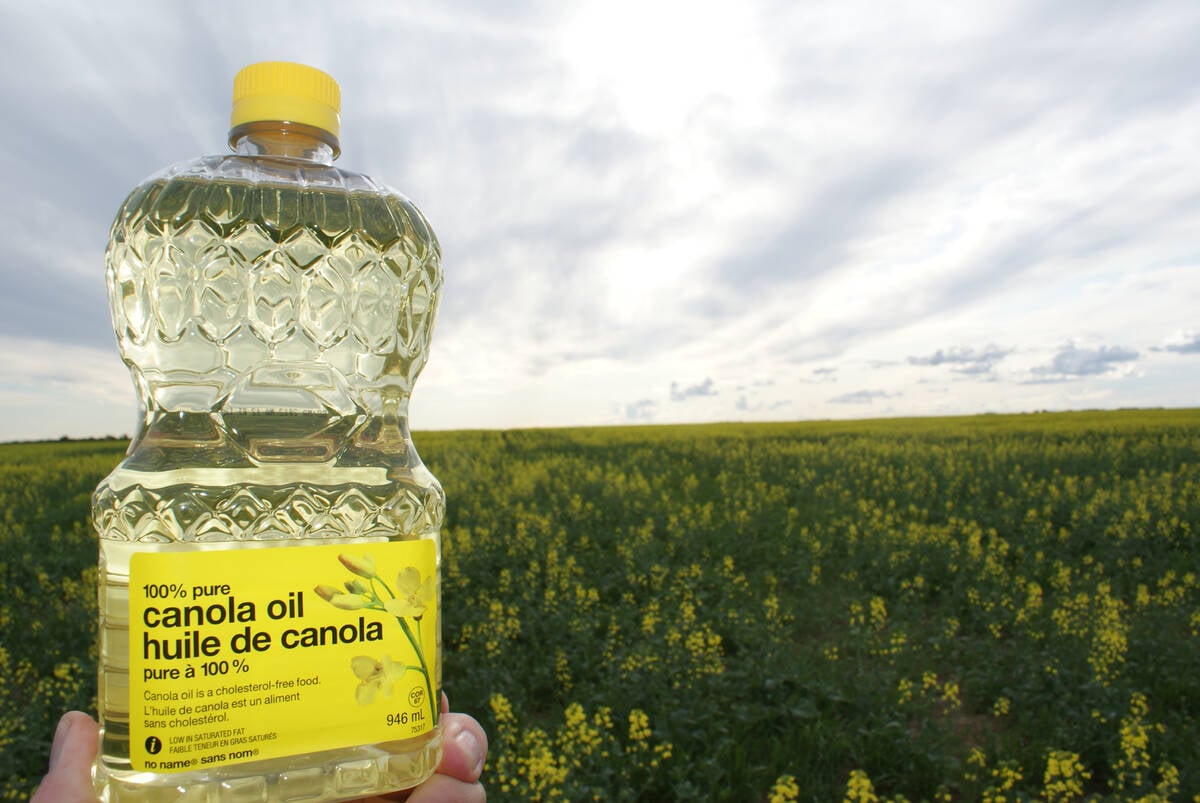A methane digester that turns hog manure into valuable water, electricity and cash on an Alberta Hutterite colony is proving so successful that it has sparked plans for another digester near the colony’s second hog barn.
Chuck McBurney, reeve of Beaver County, said hog manure from Iron Creek’s second 1,200 sow barn will be piped about a kilometre to a planned second digester on county-owned land.
The Beaver Regional Industrial Services Corp., a for-profit municipal corporation under the umbrella of Beaver County, will own the digester.
Read Also

Rising vegetable oil demand may offset bad biofuel news
Global biodiesel/renewable diesel production is expected to decline for the first time in a decade. Bad timing for a canola industry looking for new markets.
Unlike the first digester at the colony headquarters, which used only manure from the colony’s animals, the second facility will include a livestock grinder to add dead animals to the digester. Plans also call for an attached greenhouse.
“I think it’s going to revolutionize the livestock industry in Canada,” said McBurney of Ryley, who said the second methane digester would be used as a showpiece where producers and industry can learn about the process.
Creating energy through waste is a viable economic option that has been adopted unanimously by county officials, he said.
“When we ran for election we were told by the people they wanted economic development in Beaver County.”
County officials also have plans to develop an eco industrial park near Ryley where green-type energy companies can set up shop. The municipality also plans to tap a natural gas well near Ryley to run an electrical generator and heat municipal buildings. Surplus electricity will be sold to the provincial energy grid.
McBurney said the second digester would generate electricity, heat and water. Through an agreement with the colony, heat will be used to operate the greenhouse and the hog barn and the electricity will be sold onto the grid. About 80 percent of the water is expected to be recovered and piped back to the hog barn.
When Iron Creek built its first $2 million methane digester, it eliminated its yearly bills of $100,000 for manure injection and $250,000 for electricity, reduced its $60,000 water bill, cut its heating bill in half and earned $110,000 selling power to the provincial grid – all from manure.
The central Alberta colony was searching for an alternative energy source when it teamed up with the newly formed BioGem Power Systems of Ponoka, Alta., looking for a site to build its first generator.
In Europe, electrical generation from manure is established technology. Manure from the hog barns is flushed into a receiving tank where the solids are chopped and sent to the methane digesters. The digesters produce biogas by decomposing and fermenting the manure.
The trapped biogas is then transferred to a piston engine, which generates electricity and heat.
The second digester is expected to cost about $3 million because of the added greenhouse and grinder. It is expected to be operating by the end of October.
McBurney said having the manure piped to the digester at a different location than the hog barn would improve safety. The barn was built with the manure pits underneath. If fans stop, the buildup of methane gas in the barn could be dangerous to hogs and humans.














